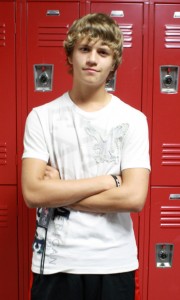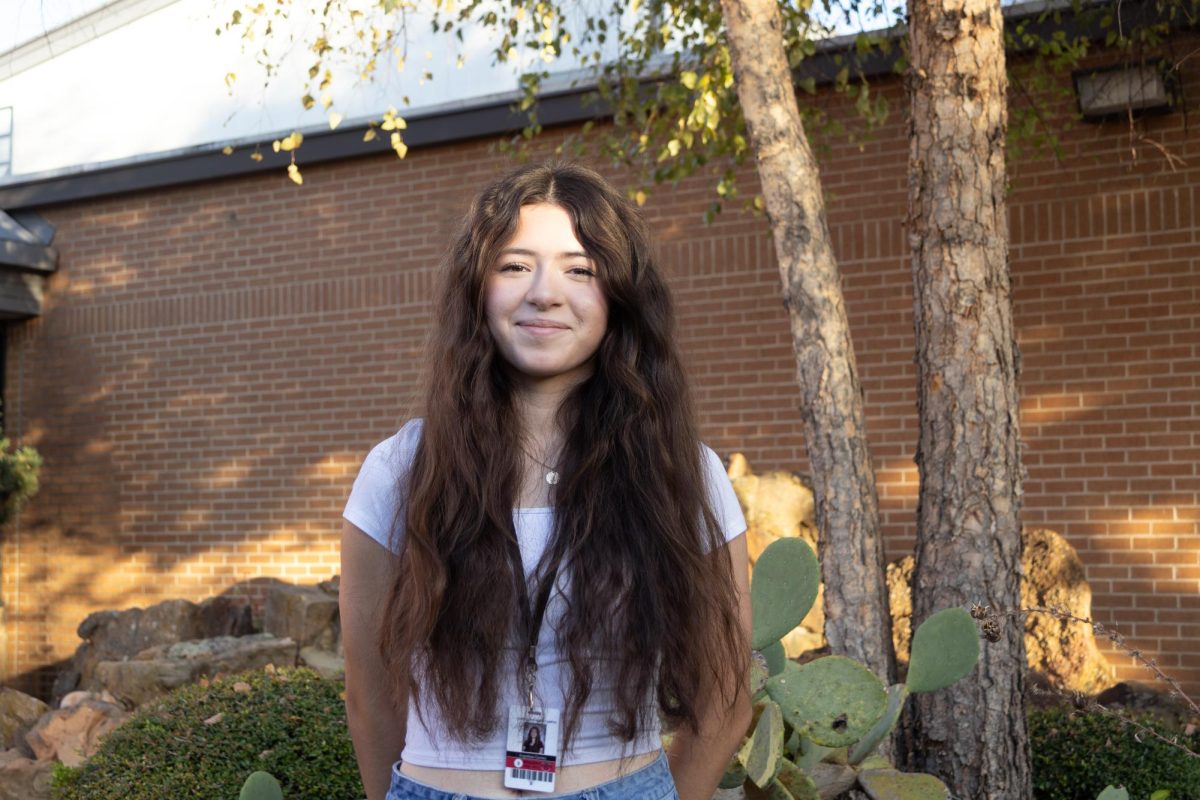
Assistant Business Manager, Staff Writer
Engineering, simply put, is using math and science to turn ideas into reality. That’s the foundation for Coppell High School’s Science, Technology, Engineering and Mathematics (STEM) Academy, which aims to teach students about engineering with hands-on learning and relevant projects.
“I joined STEM because I wanted to see how engineering works,” freshman Clayton Howeth said. “I wanted to get a feel of what real engineering is like and how I could use it in high school and college and in future careers.”
Being in an Academy like STEM gives students the opportunity to form relationships with students who have common interests—in this case, engineering.
“Since I’m in STEM, I’ve had a lot of classes with the same people,” Howeth said. “The high school is huge, and its helpful getting a group of people you can work and learn with.”
STEM team lead Mike Yakubovsky not only aims to connect freshmen with a great group, but he also hopes that the academy will prepare students for the engineering field.
“Engineering is one of the most important topics for students to learn about because it’s one of the most-needed fields in the world,” Yakubovsky said. “The demand is going up every year, and the number of engineers retiring is climbing, but the number coming out of colleges is dropping.”
Yakubovsky and the STEM staff have developed a unique system for STEM students to follow. Howeth and his classmates take specialized core classes that tie engineering into their lessons. The learning approach is also very different.
“We do a lot of hands-on projects,” Howeth said. “One big project that we’re working on right now is called Project X, and we’re pretty much designing another STEM Academy building on this one piece of land that’s being sold right now. It’s a way to show us how engineering works, and we literally have to design everything, from the building to the schedules.”
Because he’s in STEM, Howeth’s elective schedule is different. All STEM freshmen take Intro to Engineering, a foreign language and another elective of their choice.
“My electives are band, Intro to Engineering, and Spanish. You can take Spanish 1, 2, or 3 through the STEM. I still go to band every day, it’s not on the modified schedule like STEM classes,” Howeth said.
One of the most distinctive traits of the academy was its modified block schedule. Unlike typical CHS freshmen, Howeth went to different classes on A days and B days, except certain electives.
“The classes there are every other day, and so it’s nice to have extra time to do your homework,” Howeth said. “I’ve heard from people that you have a lot of homework every day outside of STEM, but that hasn’t been much of a problem for me.”
One of the perks that STEM Academy students received from the block schedule was an off-period called “Practicum”, in which students can work on homework and projects.
“Practicum is really useful for getting my work done,” sophomore Nina Jang said. “It’s helpful to have breaks during the day.”
Despite the overall positive response from students, STEM decided to revert back to a more traditional non-block schedule with a different kind of Practicum on Oct. 12.
“[We got rid of the block schedule] partially because of budget and schedule issues that have come up,” Yakubovsky said.
With the altered learning style comes unique privileges, notably STEM trust cards.
“We have trust cards, and it pretty much gives you the ability to check out laptops because we have personal laptops for STEM,” Howeth said. “It’s nice having those because then you can have a computer accessible whenever you need to work on homework.”
All STEM classes are counted as Level Three courses, which means that students receive the same GPA boost as students in all Pre-AP classes. While some have disputed the issue, most students are positive about it.
“I think that it’s a good idea. The STEM classes are pretty intense and I think it’s fair that the classes count as Level Three,” Howeth said.
The unique aspects and ideas in the STEM Academy have made it successful so far and everyone has high hopes for the future.
“STEM is a great system, and I know that it’ll work well with the other academies to make CHS a more connected school,” Jang said. “It’s been great so far and I can’t wait to see how this year turns out.”







